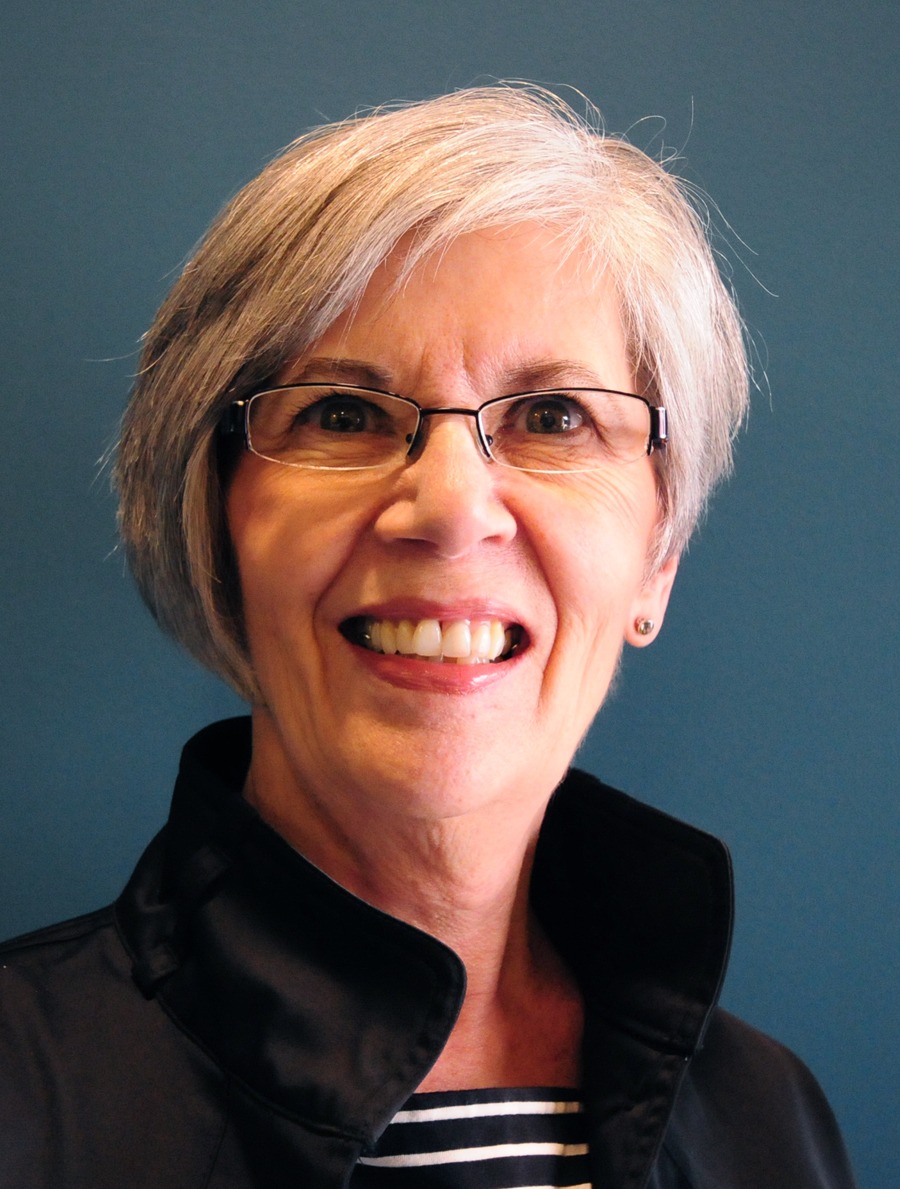Last time we talked about how clutter can take over our lives and we also talked about the many benefits of getting organized.
Did it inspire you to get the job done? No? Well frankly, I’m not surprised. It seems to me that there are two reasons why people don’t get and keep themselves and their homes or offices organized.
Reason number one is they don’t know how and reason number two is they don’t have the time.
Either challenge causes things to pile up, stuff to not be put away and so the beast grows.
The information that I am providing you with comes from three sources — my own life experiences (and I’m no spring chicken); the training I have taken through The Professional Organizers in Canada and books written by other professional organizers.
Many of my clients call me because they have this huge elephant (clutter) in their home that has paralyzed them and they don’t know where to begin. Well I’m happy to report that we can all eat an elephant – it’s just one bite at a time!
This week I am going to give you some of the tools to eat that big old pachyderm that lurks in your home or office.
Let’s talk for a minute about how it got to be such a mess in the first place. Now we’ve all seen the programs on TV about hoarders, however for the vast majority of us it can be something as simple as having more stuff than what we have space for to never having chosen a home for it in the first place.
Organizing isn’t just about being free of clutter; it’s about designing a space that is both functional and a pleasure to be in.
The Kindergarten Model of Organization is one of the easiest ways to design your room for both function and enjoyment.
A kindergarten has different activity zones – the reading area, the dress up area, the painting area, etc.
The kids know where to be and what to use. And everything that is needed for each of those activities is right inside that zone.
So the reading zone would be a place to read and all of the books and pillows etc. needed are right there. It’s fun to put things away because everything has a well labeled home.
It’s easy to look at, it’s easy to work in and it’s easy to clean up. We’re going to use the Kindergarten model as we tackle our first space.
One of the most common residential spaces I am asked to help with is the hub of your home; the kitchen. So we will use this as our example.
When we look at the activities in a kitchen, we think of the food preparation area, the cooking area, the dishwashing and storage area, the food storage area (the pantry), the household information centre and the utility zone.
The food preparation area is where we prepare the food so the best location is on the longest available counter between the sink and the stove or the sink and the fridge. The cooking area is usually beside the stove.
The dishwashing and storage area is close to the dishwasher or sink.
The food storage zone is just that, so it will include your fridge and nearby cupboards and/or a pantry.
The household information centre is where you drop the mail, make phone calls, have the calendar and it usually houses other paper that’s required in the kitchen.
The utility zone is for cleaning supplies.
Give some thought to the activities that happen in your home and next time we’ll get into more detail on getting it all organized!
Another quote to consider – “Experience is what you get when you don’t get what you want.”
Lynne Ring is the founder of The Organizing Guru. She can be reached at 403-343-2201 or by email at organizingguru@shaw.ca. Also check out www.organizing.ca.



